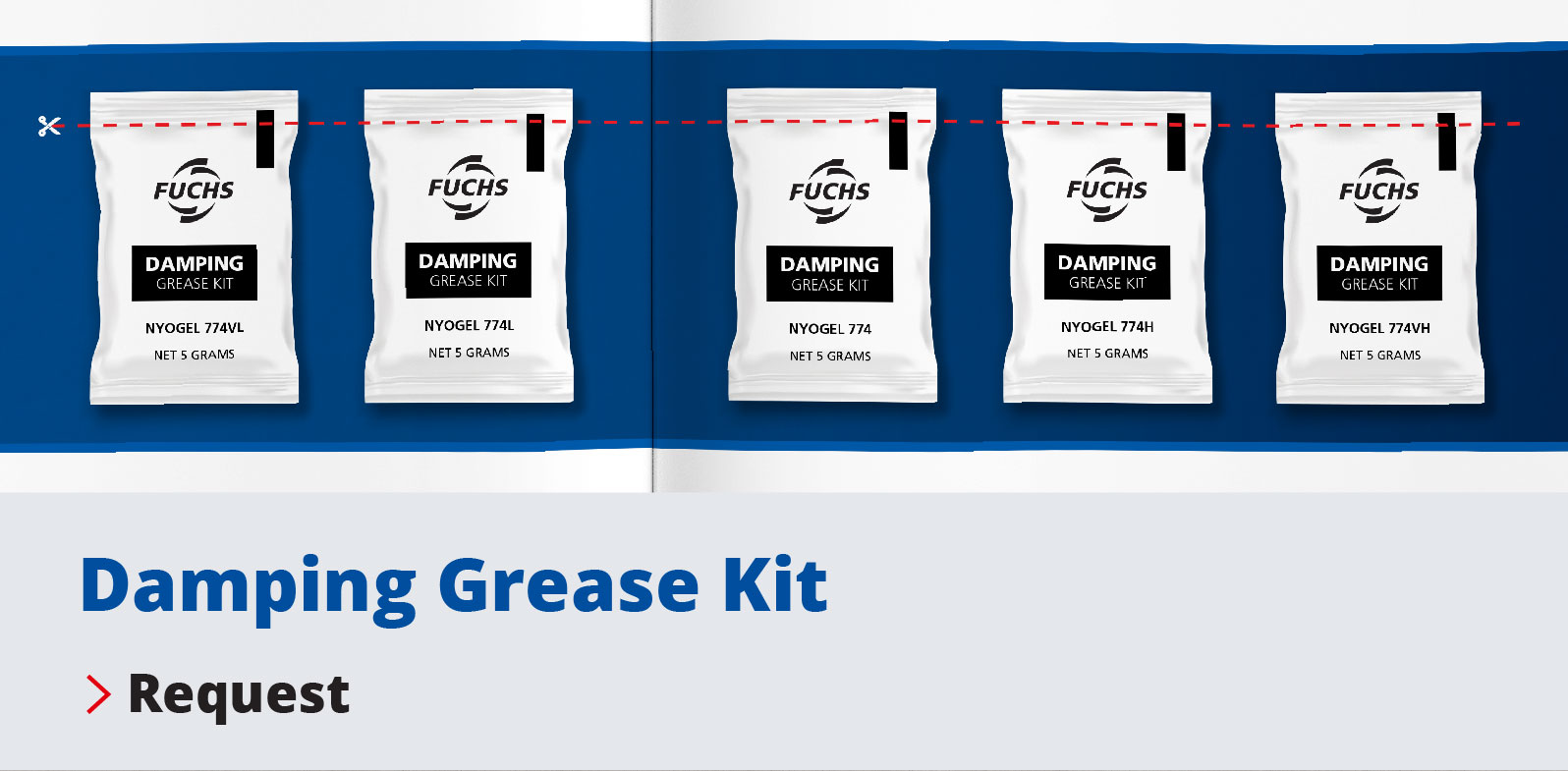How Do Lubricants Control Motion?
Have you ever wondered why your shades don’t fall out when you open your car’s sunglass holder? Are you the cool mom on the block because your trunk closes in slow motion at the touch of a button? You have Motion Control grease to thank!
What is a Motion Control grease and why do you need it?
Design engineers normally use a grease to reduce friction between sliding surfaces. While Motion Control greases also reduce wear and extend component life, they are specially formulated to—you guessed it—control motion!
Motion control greases, also known as damping greases, are widely used in many industries including the automotive, medical, appliance, and electronics industries, and in a multitude of applications including:
- Gears
- Lead Screws
- Hinges
- Potentiometers
What does Motion Control Grease Do?
Provide a Tactile Feel
Do you want your shifter to have that smooth feel when the driver shifts gears? A Motion Control grease can help impart a luxurious, quality feel to your application.
So how do Motion Control greases work? Compared to a standard grease, a Motion Control grease has a higher internal shear resistance. This means that it takes more force to move a component through a grease. By selecting a grease with the higher or lower shear resistance, you can achieve the desired “feel.”
The ideal motion control grease will provide users with the same tactile feel at low and high temperatures. This requires that the grease maintain its shear resistance over a wide temperature range. Your application should also feel the same every time it is used. A grease that can recover its structure after multiple uses should be selected.
Control Speed & Precision Motion
A Motion Control grease is recommended in applications like dials where even the slightest motion can cause users to coast past their desired setting.
Because viscosity helps determine shear resistance, specific viscosities can help engineers control the precise speed and torque of an application. As viscosity increases, the amount of force required to move a component through grease also increases. A component in a high viscosity grease takes more time to move through the grease than a component moving through a lighter viscosity grease.
Minimize Noise & Vibration
Can you recall a time when you’ve been driving and have been distracted or maybe even concerned, about a noisy part in your car? Take the HVAC system in a car for example. If an HVAC system makes noise it can negatively impact how drivers perceive the quality of the car, even if the system is working properly. A primary function of Motion Control grease is its ability to prevent or eliminate noise.
Friction between two components can cause the ‘stick-slip’ phenomenon to occur, which results in noise and squeaks. Applying a lubricant to these components reduces friction between sliding surfaces and eliminates stick-slip and noise.
Another potential cause for noise is engineering tolerances that allow the components to move against each other and rattle. A viscous Motion Control Grease can be used to fill gaps between the components and prevent rattling. Preventing annoying noise can improve the way users perceive the quality of your product.
Add Value to Your Design
User experience is important! When tasked with improving product quality in a cost-effective way, motion control greases are useful tools in a design engineer’s bag of tricks. To learn more about how Motion Control greases from Nye can help improve your application visit our Motion Control page.



